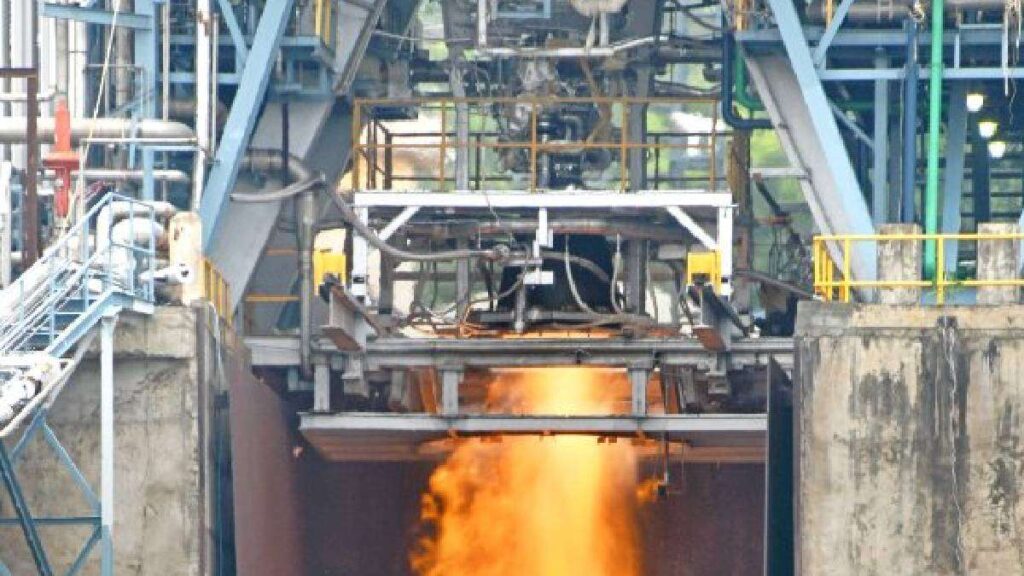
The test paves the way for India’s manned spaceflight mission, Gaganyaan, and advances the nation’s space propulsion capabilities.
The Indian Space Research Organisation (ISRO) has successfully tested the CE20 cryogenic engine in a critical sea-level test, marking a significant breakthrough in space propulsion technology. The test, conducted on November 29 at the ISRO Propulsion Complex in Mahendragiri, Tamil Nadu, demonstrated the engine’s restart capabilities—an essential milestone for India’s upcoming manned missions, including the highly anticipated Gaganyaan mission.
The CE20 cryogenic engine, developed indigenously by the Liquid Propulsion Systems Centre, has already been instrumental in powering six LVM3 missions to date. Operating at a thrust level of 19 tonnes, the engine was upgraded in preparation for the Gaganyaan mission, India’s first manned spaceflight, to produce 20 tonnes of thrust. Furthermore, the engine is set to deliver an enhanced thrust of 22 tonnes for the C32 stage in future missions.
This recent sea-level test was crucial as it showcased the restart capability of the cryogenic engine, which poses unique challenges, especially with regard to vacuum ignition without nozzle closure. Prior ground tests had already demonstrated the successful ignition of the engine in a vacuum, but this test represented an important confirmation of its reliability.
One of the standout features of the recent test was the inclusion of a multi-element igniter, which plays a critical role in enabling engine restart. Additionally, a new “Nozzle Protection System” was tested to address potential flow separation within the nozzle. This innovative system helps mitigate challenges such as severe vibrations and thermal issues, which could otherwise damage the engine. The Nozzle Protection System also allowed for a more cost-effective and less complex testing process compared to traditional High-Altitude Test (HAT) facilities typically used for such evaluations.
The success of the CE20 cryogenic engine test is a significant achievement for ISRO, demonstrating the agency’s growing expertise in space technology and propulsion systems. The advancements made in the CE20 engine will enhance the payload capabilities of the LVM3 launch vehicle, providing a strong foundation for future space missions, including Gaganyaan.
As India prepares for its first manned mission, the Gaganyaan mission, ISRO’s continued focus on advancing cryogenic propulsion technology plays a pivotal role in ensuring the success of this ambitious space endeavor. The Gaganyaan mission is expected to carry Indian astronauts into space, marking India as a leading player in the global space exploration arena.
With the CE20 engine’s successful test and the upcoming Gaganyaan mission, ISRO is poised to make further strides in space technology, establishing new benchmarks for future missions.
Sources By Agencies



